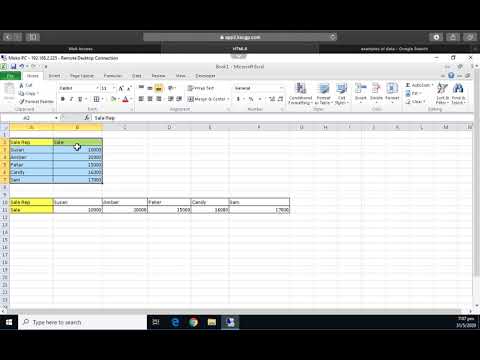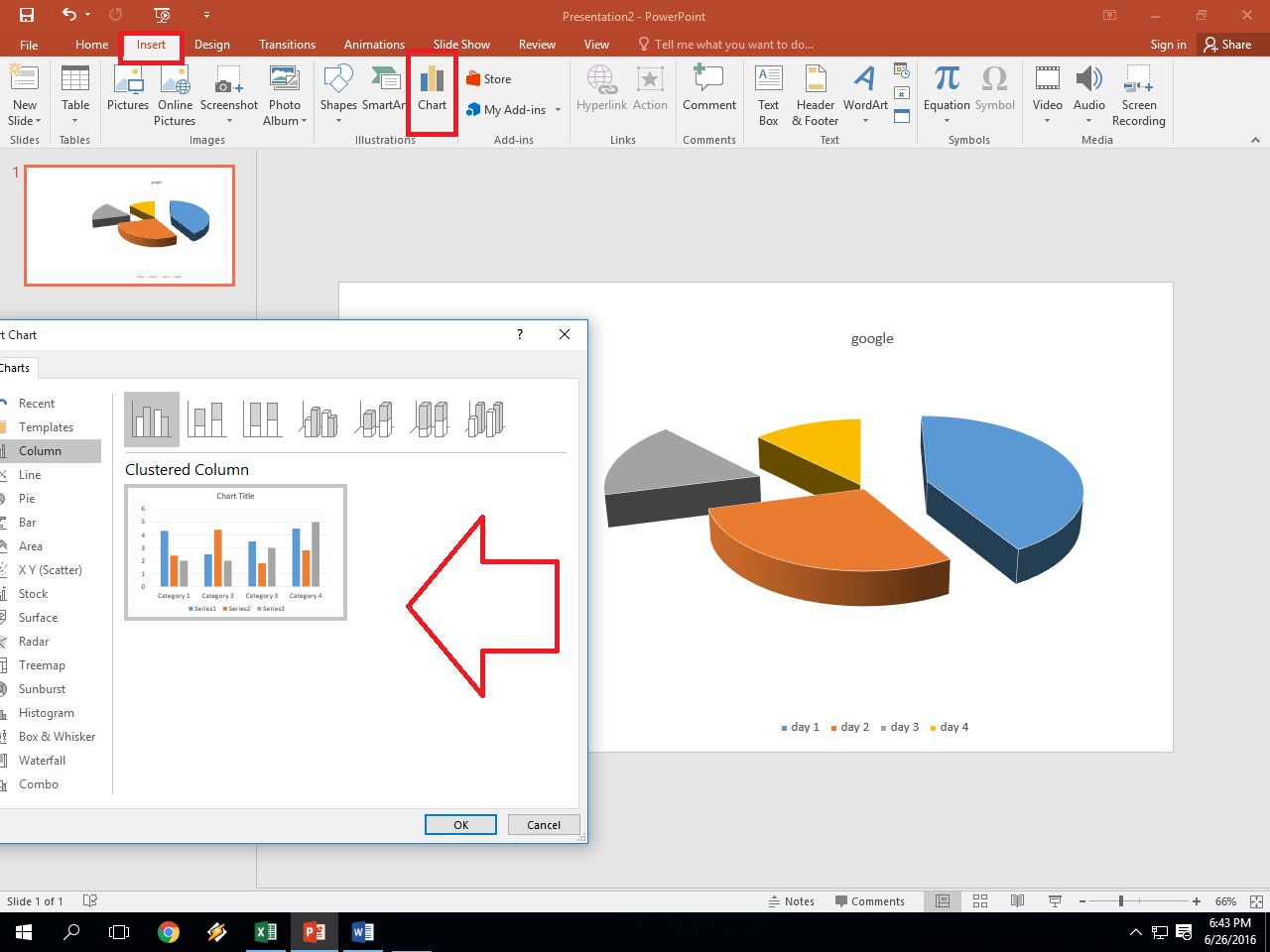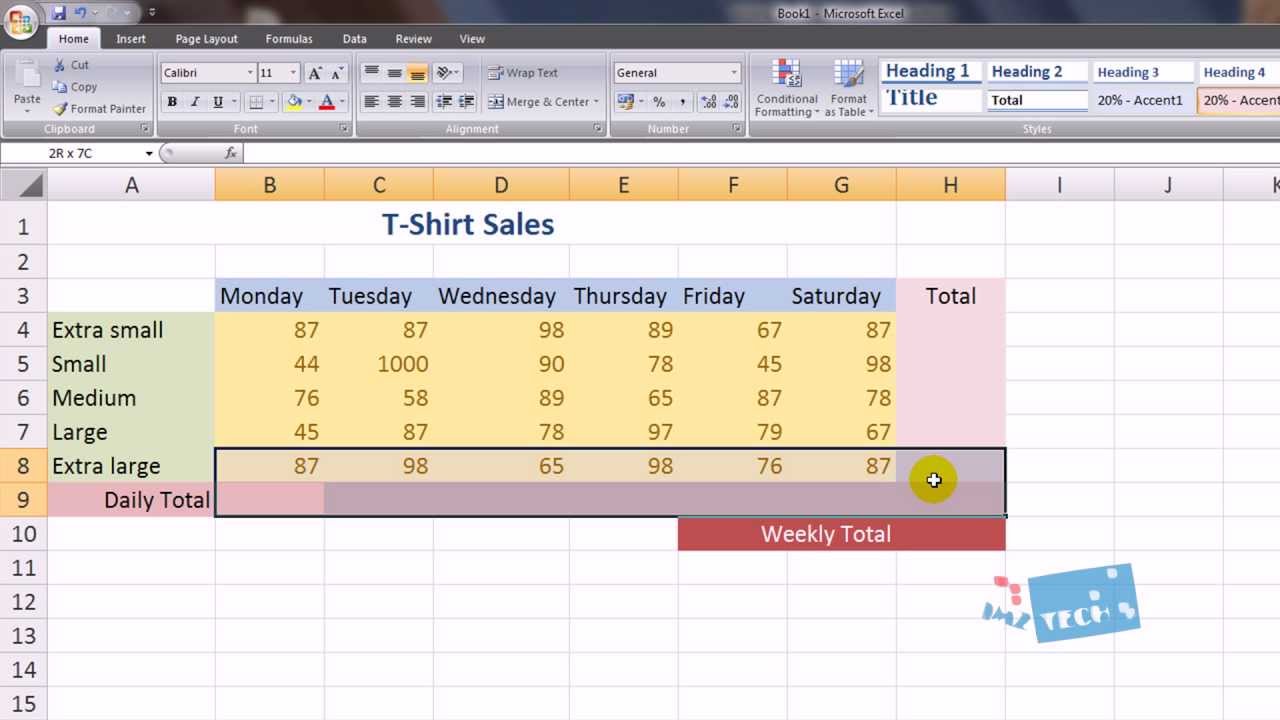5 Simple Tricks to Brand Your Excel Sheets Effectively

Are you looking to distinguish your Excel sheets with flair while ensuring they're easy to navigate? If so, you're in the right place. Excel, while primarily used for data analysis, also offers tools to customize and brand your worksheets, enhancing user experience and professionalism. Here are five simple yet effective branding tricks to make your Excel sheets stand out.
1. Customize the Header & Footer

The header and footer in Excel can be much more than just a place for page numbers or dates. Here’s how you can customize them to brand your sheets:
- Insert Company Logo: Go to ‘Insert’ > ‘Header & Footer’. Click on the header or footer area where you want the logo to appear, then insert your logo from your computer or from a file.
- Add Contact Information: Include contact details, URLs, or even a catchy tagline. Use the ‘&’ symbol to insert special characters or formatting options for alignment and style.
- Color Code: If your brand has specific colors, apply them here for consistency.
💡 Note: Make sure your logo and text in headers and footers are legible when printed or viewed on screens of different sizes.
2. Utilize Cell Styles and Themes

Excel allows you to create custom cell styles and themes, which can help brand your documents:
- Create a Theme: From ‘Page Layout’ > ‘Themes’, create a custom theme by selecting fonts, colors, and effects that reflect your brand identity.
- Custom Cell Styles: Use ‘Home’ > ‘Cell Styles’ to define styles for headings, titles, data cells, etc., with your brand’s font, colors, and background.
3. Incorporate Visuals

Branding isn’t only about text; visuals also play a significant role:
- Data Visualizations: Use charts, graphs, and sparklines to highlight key data points in your brand’s colors.
- Icons and Clip Art: Add icons or relevant clip art to break up text-heavy sections or to denote specific data points.
💡 Note: High-quality images are crucial; use high-resolution visuals to avoid pixelation.
4. Master the Art of Conditional Formatting

Conditional formatting lets you highlight data based on criteria, perfect for quick visual branding:
- Set Rules: Use ‘Home’ > ‘Conditional Formatting’ to create rules like highlighting specific text, top or bottom values, or custom formulas.
- Data Bars and Icon Sets: These can visually represent data, adding a branded touch to your sheets.
| Feature | Usage |
|---|---|
| Color Scales | Use to show gradations in values. |
| Icon Sets | Represent data thresholds with symbols. |

5. Add a Professional Touch with Smart Art and WordArt

To further personalize your Excel sheets:
- Smart Art: Illustrate processes, hierarchies, or lists with Smart Art graphics, customizing their look to match your branding.
- WordArt: While often overlooked, WordArt can be used for titles, headings, or captions, styled to reflect your brand’s character.
In conclusion, by applying these branding strategies, your Excel sheets will not only serve their functional purpose but also reflect the professionalism and uniqueness of your brand. Whether you're preparing a financial report, a project plan, or any data-driven document, taking the time to brand your Excel sheets can significantly enhance your presentation. Every element, from headers and cell styles to visualizations and formatting, contributes to a cohesive and branded workbook. Remember, the devil is in the details, and with Excel's robust customization options, those details can make your work truly stand out.
Can I revert a custom theme back to the default?

+
Yes, you can revert to the default theme by selecting ‘Office Theme’ from the ‘Themes’ menu in ‘Page Layout’.
How do I maintain consistency across multiple sheets?

+
You can apply themes and styles to individual sheets or use templates to ensure uniform branding across all documents.
What’s the advantage of using conditional formatting in branding?

+
Conditional formatting highlights key data points, making it easier for users to interpret data aligned with your brand’s identity.
Can I save custom styles for future use?

+
Absolutely. Custom cell styles can be saved in the ‘Custom Styles’ gallery or in templates for reuse.



